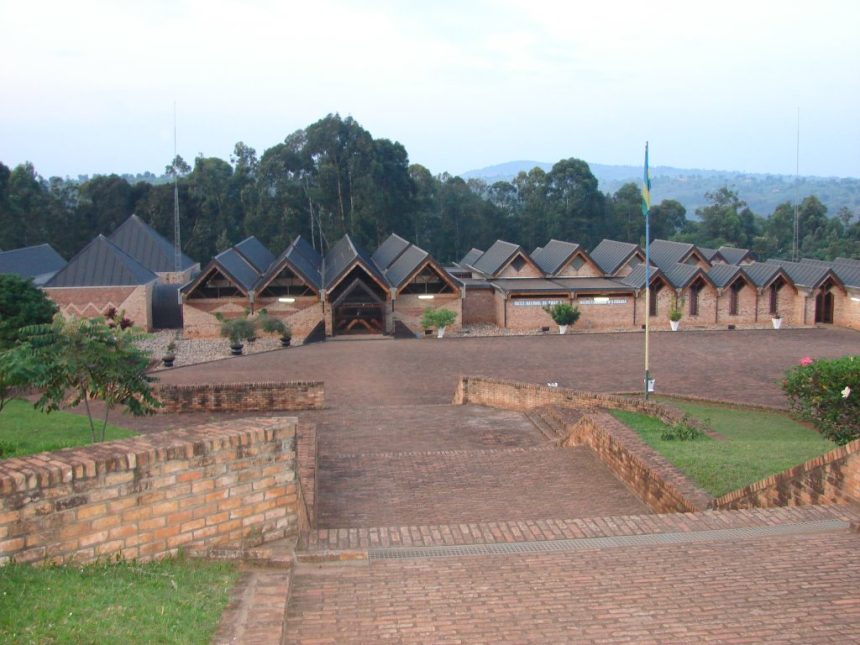Ethnographic museum of Rwanda – Representation of Rwanda’s Unique Culture and History.
The Ethnographic Museum of Rwanda is Butare’s main attraction and was formerly called the National Museum. The museum is 132km from the Capital of Rwanda, Kigali, and 88km from Nyungwe Forest National Park. It is one of Rwanda’s eight national museums and it houses what is probably the finest ethnological collections in Eastern Africa. The Museum was built as a gift to Rwanda by the King of Belgium Baudouin I and was opened in 1989.
The ethnographic Museum offers an exceptional view and insight into the pre-colonial lifestyle and the transformation of Rwanda into the modern state it is at the moment. The collection of items here, was at once historical, ethnographic, artistic, and archaeological, with objects that date back to the days before independence. These are presented in seven rooms in the museum that covers 2,700 m².
The museum’s building is a work of architecture by the Belgian architect and ethnologist Lode Van Pee and is worth a visit. The roof of the museum is supposed to reflect the polyrhythm of the drums. The traditional decorative patterns surrounding the masonry are suggested the like of the tools used in the past, like shields, pots, baskets. The museum is surrounded by a fence (Urugo) and is on a slope so visitors can see it from the angle on a hill and see a house (Inzu) in its enclosure. The wall was renovated and it has designs of Imigongo Art
A visit to the museum includes a tour to the different rooms dedicated to the geographical, historical, cultural, geological, and linguistic information about Rwanda, the discovery of objects and tools used in the different sectors of activity such as agriculture, apiary, hunting (displays of leopard traps), fishing, weaving, pottery, and woodwork. It also displays the different types of Rwandan architecture, the ancient lifestyle and social organization, traditional wear and ornaments (some that are worn by the famous traditional Intore dancers), history that shows the chronology of kings (bami), all based on the written and oral traditions.
When you take the southern circuit, going to Nyungwe National Park, you can opt to have a stop at the museum for an insight into the culture and history of Rwanda. The museum also has a craft center on-site where visitors can purchase souvenirs from. The museum is run by the Institute of National Museums of Rwanda that also runs other 7 museums.
You can request to have the cultural and historical circuit blended in your safari Itinerary so as you can experience more than wildlife or gorillas while staying in Rwanda.

